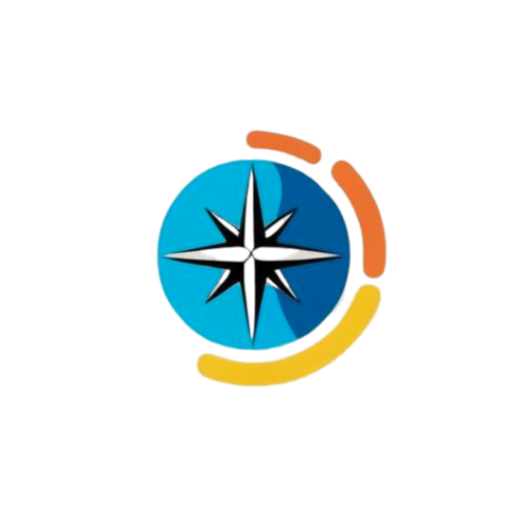Historical Timeline
9th century – Khmer Empire established: The Khmer Empire is established and grows into one of Southeast Asia’s most powerful civilizations
1431 – Fall of Angkor: The Khmer Empire’s capital is moved to Phnom Penh after the fall of Angkor to the Thai Kingdom of Ayutthaya
1863 – French Protectorate established: Cambodia becomes a French protectorate
1953 – Independence from France (Monday, November 9, 1953): Cambodia gains independence from French colonial rule
1975 – Khmer Rouge regime (Saturday, April 17, 1975): The Khmer Rouge, led by Pol Pot, seizes power and begins a genocidal campaign
1979 – Fall of the Khmer Rouge: The Khmer Rouge regime falls after the invasion of Vietnam, leading to the establishment of a new government
1991 – Paris Peace Accords (October 23, 1991): The Paris Peace Accords are signed, ending the Cambodian Civil War
1993 – Restoration of the monarchy (Monday, September 24, 1993): The Cambodian monarchy is restored under King Norodom Sihamoni, with a new constitution and elections
1997 – Hun Sen’s coup: Prime Minister Hun Sen consolidates power after a violent coup
2004 – King Norodom Sihanouk abdicates: King Norodom Sihanouk abdicates the throne in favor of his son, King Norodom Sihamoni
2013 – 2013 elections and unrest: Widespread protests occur following disputed elections, but the ruling Cambodian People’s Party maintains control
2020 – COVID-19 pandemic impact: Cambodia faces challenges due to the pandemic, but maintains low case numbers due to strict measures and vaccination efforts
General Information
Continent: Asia (Southeast Asia)
Location: Bordered by Thailand to the northwest, Laos to the northeast, Vietnam to the east and south, and the Gulf of Thailand to the southwest
Capital: Phnom Penh
Language: Khmer (official)
Currency: Cambodian riel (KHR), US dollar (widely used)
Population: ~17 million (last updated: April 2025)
Time Zone: Indochina Time (ICT, UTC+7)
Topography
Borders: Thailand, Laos, Vietnam
Landscape: Lowlands, mountainous areas in the southwest and north, and the Tonle Sap Lake
Major Rivers: Mekong River, Tonle Sap River
Notable Features: Tonle Sap Lake, Cardamom Mountains, Angkor Wat
Demography
Ethnic Groups: Khmer (about 90%), Cham, Chinese, Vietnamese, and others
Religion: Theravada Buddhism (about 97%), Islam (about 2%), Christianity (about 1%)
Urban Population: ~23% (last updated: 2023)
Population Notes: Cambodia has a young population, with a median age of about 25 years.
Culture
Famous For: Angkor Wat, classical dance, traditional silk weaving, and historical monuments
Cuisine: Rice, fish (particularly from Tonle Sap), Amok (a fish curry), noodles, and tropical fruits
Arts: Classical dance (Apsara), sculpture, silk weaving, and traditional music
Sports: Football (soccer), volleyball, traditional wrestling
Economy
Economy Type: Developing, with agriculture, textiles, and tourism as key sectors
GDP: Approx. $31.1 billion USD (last updated: 2024)
Major Industries: Textiles, garments, agriculture (rice, rubber, and cassava), tourism
Key Exports: Garments, footwear, rice, rubber, and electronics
Unemployment Rate: ~0.7% (last updated: 2024)
Economic Regions: The economy is centered around Phnom Penh, but rural areas still heavily depend on agriculture.
Government
Government Type: Constitutional monarchy with a parliamentary system
Head of State: King Norodom Sihamoni (last updated: April 2025)
Head of Government: Prime Minister Hun Sen (last updated: April 2025)
Legislature: Bicameral (National Assembly and Senate)
Constitution: In effect since 1993, amended in 2008
Travel Attractions
Angkor Wat: The famous temple complex in Siem Reap, a UNESCO World Heritage Site
Phnom Penh: The capital, known for the Royal Palace, Silver Pagoda, and the Tuol Sleng Genocide Museum
Tonle Sap Lake: Southeast Asia’s largest freshwater lake, known for its floating villages
Sihanoukville: A coastal city with beaches and island resorts
UNESCO World Heritage Sites: Angkor (Siem Reap), and the temple of Preah Vihear
